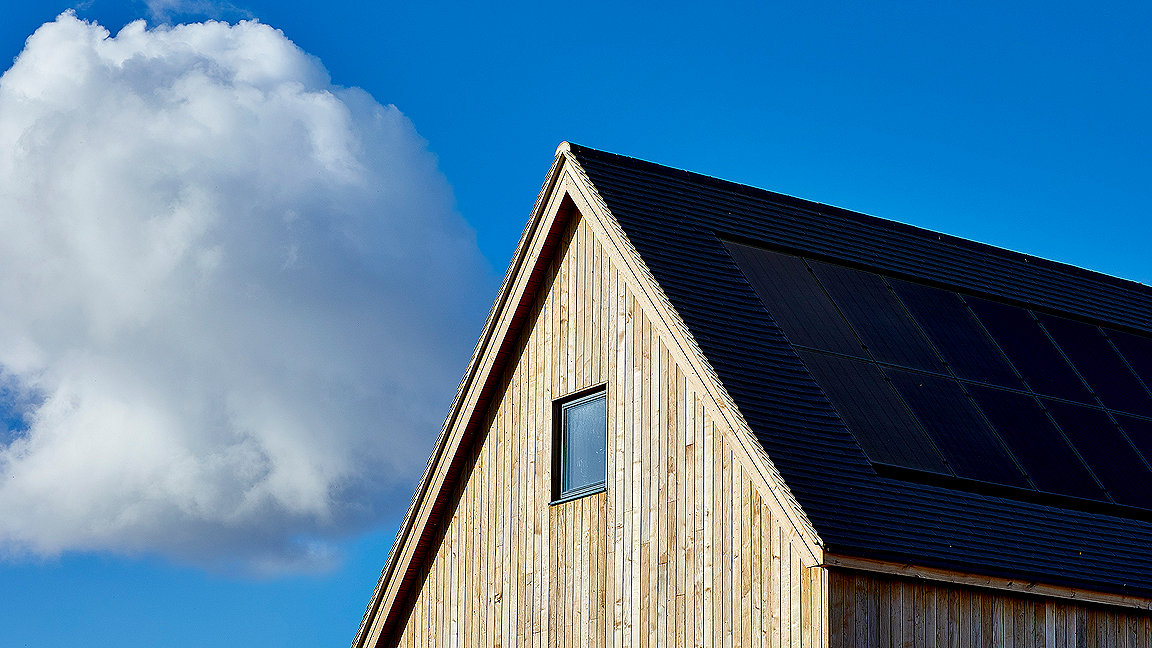
Springfield Meadows, Oxfordshire, UK
Demand for housing is outstripping supply and hasn’t been slowed down by the global coronavirus pandemic. House prices in the 37 wealthy countries that make up the Organization for Economic Cooperation and Development (OECD) have risen by an average 6.7% between the fourth quarter of 2019 and the fourth quarter of 2020 (according to the OECD’s Analytical House Price Database). This is the fastest year-on-year growth in the past two decades.
“Residential markets in many parts of the developed world are red hot at the moment,” says RICS Chief Economist Simon Rubinsohn. “The ultra-low cost of mortgage finance, huge government stimulus programmes, fallout in labour markets much less than feared and desire for more space in the wake of the pandemic are all contributing to the demand for housing.”
However, behind all of this is a fundamental reality: the homes we live in and the homes we are building now are not fit for the future. In fact, they are significant contributors to climate change and as we head toward a low carbon future, we risk being saddled with a plethora of out-dated ‘stranded assets’ in just a few years.
It’s an issue that plagues governments, industries and housing campaigners across the globe. Meeting demand for housing and halting climate change seem to be incompatible objectives, as more buildings mean more carbon emissions and the built environment already churns out 39% of all global carbon emissions. But with 195 countries signed up to the Paris Agreement, it’s recognised that reducing emissions from the built environment is one of the most effective ways of slowing climate change. So, where are we currently and what do we need to do to prepare for a zero-carbon future while still meeting demand for new homes?
According to the Global Alliance for Buildings and Construction, which tracks climate change progress, emissions from the operation of buildings hit their highest levels in 2019 (the latest available figures). And progress on introducing renewable energy dropped by half between 2016 and 2019. To get on track, it estimates that global building emissions need to fall by 6% every year until 2030 – that’s close to the drop in CO2 achieved in the world’s energy sector during the lockdowns last year.
Active Homes' Neath development
Progress is patchy in the UK, where the government has moved to regulate zero-carbon energy in new builds from 2025. This leaves the rest of the UK’s housing stock, some 29m properties, needing to be brought up to net zero carbon standards to meet the 2050 target. The cost of retrofitting homes has been estimated at £250bn over the next 29 years and funding is key, as it is for new net zero developments.
Emma Harvey, programme director at the Green Finance Institute, says mortgage lenders are becoming increasingly aware of the risk of property value degradation, or stranded assets, if buildings aren’t climate resilient. And she says this summer may be the turning point for some: “UK financial institutions will have to stress-test their balance sheet integrity against a climate scenario. This should flag up the importance of having more climate resilience.”
Eleven banks and building societies have already launched green mortgages since last year and Harvey says it could be lenders, working with government targets, that help homeowners improve their energy efficiency.
Wales is already working on this. Its government is funding a pilot retrofit programme led by zero-carbon housebuilder Sero. Here 1,370 homes, over half of Wales’ social housing stock, will be retrofitted in stages. The programme includes changes to building fabric and the installation of net zero energy technology such as heat pumps and solar panels. This will align with the decarbonisation of the energy grid over time, so the cost is potentially lower. Its results will be used to roll out large-scale decarbonisation across the country.
The good news is that net zero carbon new build developments in the UK are steadily growing. The Good Homes Alliance, a campaign group including architects and developers, is tracking and showcasing new developments as part of its campaign to urge the industry to start net zero building now. Its exemplars include Cambridge’s first cohousing scheme (a community of private homes clustered around shared space) Marmalade Lane, a net zero development of 42 homes; Active Homes Neath, a development of 16 social homes in Wales; and Springfield Meadows (see case study below).
Richard Broad, GHA projects and communications manager says this push for net zero property is coming exclusively from local authorities and SME developers. “The progressive local authorities within our network have declared climate emergencies and are now working on how they meet their commitments - they are leading the way,” he says.
Oxford City Council, for example, will only grant planning permission for new homes if they can show a 40% reduction in carbon emissions ramping up to 50% in 2026. Brighton & Hove is aiming to become a net zero city by 2030, adopting a circular economy that includes a move to renewable energy and only using sustainable and natural materials.
In London, the mayor is already pushing towards the next frontier, embodied carbon, by stipulating whole life-cycle carbon assessments on major developments. These will estimate the emissions from the creation of construction materials to the operational life of the building and then its final disposal.
No footprint house, Costa Rica
This house features natural ventilation and solar shading which allows it to respond to its surrounding tropical rain forest environment. It has been developed as a prototype for serial production in Central America. Photography by Fernando Alda.
Model C by Generate, Boston
Model C contains 14 residential units and a co-working space for the local community on the ground floor. The five-story mixed-use building replaces conventional concrete and steel construction materials with a cross-laminated timber (CLT) structure.
Snapshot from around the world
While we are far from on the right track with emissions yet, there is huge activity around the world. Copenhagen is due to have eliminated its emissions and become carbon neutral in just four years, thanks to forward-thinking projects such as EnergyLab Nordhavn which is integrating the district’s power and heating supplies into one optimised energy system. Amsterdam will follow by 2030, with measures including banning all petrol and diesel cars and motorcycles from its city centre. And Helsinki is aiming to become carbon neutral five years later by dramatically reducing its use of coal for heating the city’s properties. Behind this, sustainable building across the globe is rapidly evolving.
In Singapore, the Building Construction Authority has a Super Low Energy certification, where high-rise buildings are challenged to meet energy improvement targets of 60% above the 2005 building code. If they meet this, they are awarded the Green Mark, which recognises projects that are on their way to net zero energy or even to becoming a positive energy building. As well as measuring energy efficiency, The Green Mark assesses criteria such as indoor air quality and provision of greenery.
And in Spain, Concovi, the umbrella organisation for 200 social housing co-ops, is already using renewable energy and low carbon materials in its new build homes. “In terms of sustainability, the cooperative world is evolving. But not at the speed it should be,” says Alvaro Antonio Torres Lopez FRICS, Concovi’s finance director.
“For many years, the construction methods have been the same. This is, among other things, because of a cost problem, and we have only been seeing the sector evolve in the last five years. But now the Technical Building Code is evolving rapidly, becoming more demanding and forcing us to consider sustainability parameters in new projects.
He gives the example of choosing the energy supply for a building depending on its location in Spain. “Logically, the further south we are located in Spain, the better the use of solar energy, and if the house is located in a temperate zone, we will be able to get an excellent performance from an Aerothermal installation.”
“I think we have a lot to learn from our neighbours, especially in terms of construction technology and new materials,” adds Torres Lopez. “I always like to know about what is being done in France, UK, Germany, Sweden and Norway. I think they are great benchmarks for sustainability in terms of climate, diversity, type and destination of housing, and the habits of their citizens. All of this is leading us towards perfect sustainability, and buildings with zero energy balance.”
The homes we live in and the homes we are building now are not fit for the future
Case study: Springfield Meadows
GreenCore working with developer Ssassy, will complete the final phase of Springfield Meadows, a net zero, climate positive development of 25 homes in Oxfordshire later this year.
This development pushes the sustainability frontier using only bio-based materials, such as timber and hemp, which capture carbon and lock it in ensuring there’s zero emissions during construction and the lifespan of the homes. (This compares to around 50 to 60 tonnes of CO2 emitted during a normal house construction).
The structure is super insulated and energy efficient with PV (photovoltaic) panels on the roof, air source heat pumps, triple glazed windows and heat recovery systems. The homes are pre-constructed in a week and then erected in 10 to 14 days. Pritchett says the first phase of the development was zero embodied carbon but by the start of the second phase the company had refined its methods using different materials to achieve climate positive, below zero emissions.
“Our mission is to do enough of this so that it can no longer be ignored by major housebuilders,” says Ian Pritchett, managing director of GreenCore Construction.
Pritchett says he wants to build 500 of these homes in Oxfordshire over the next five years, scaling up to 1,000 over the next 10 years.

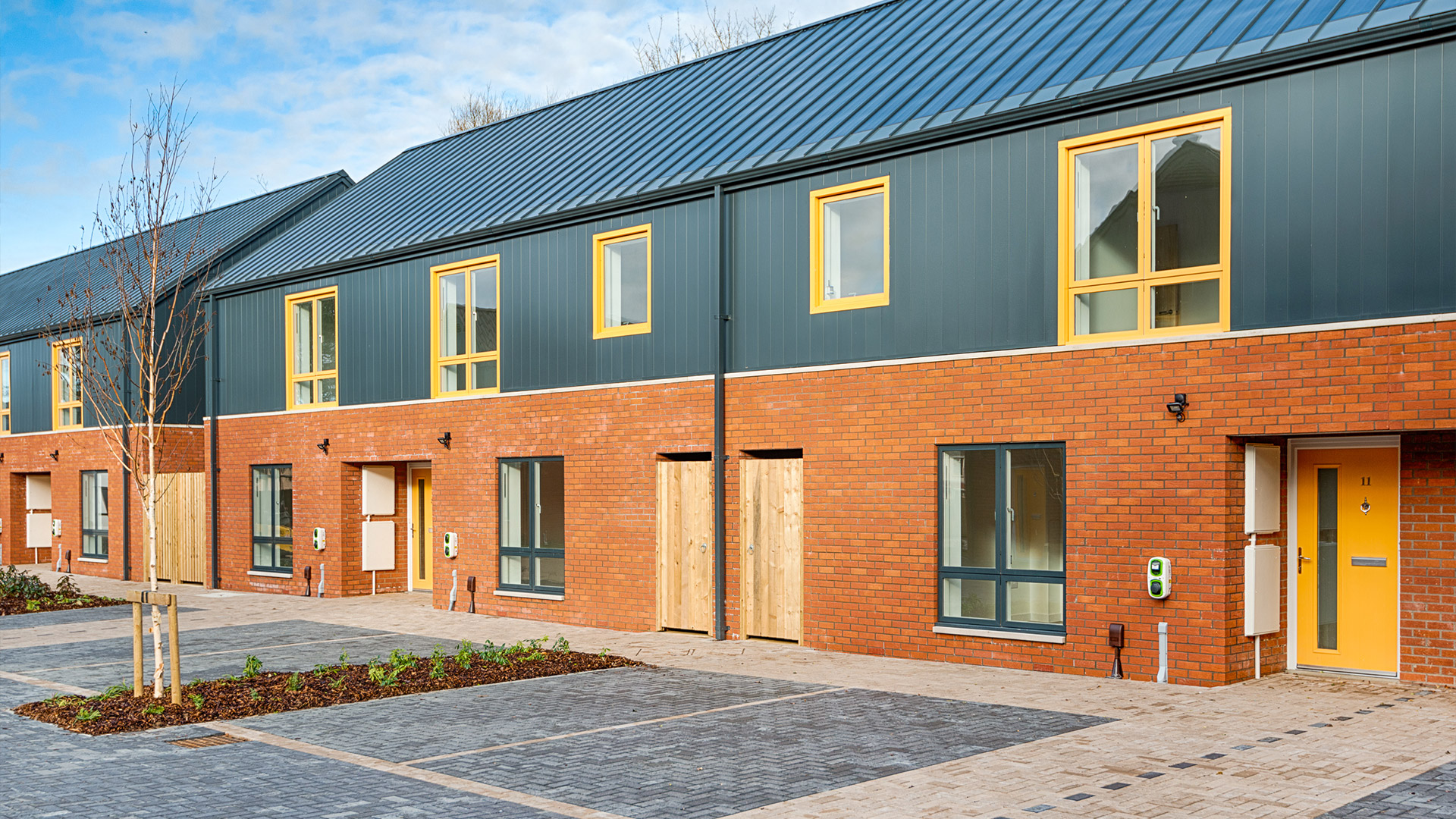
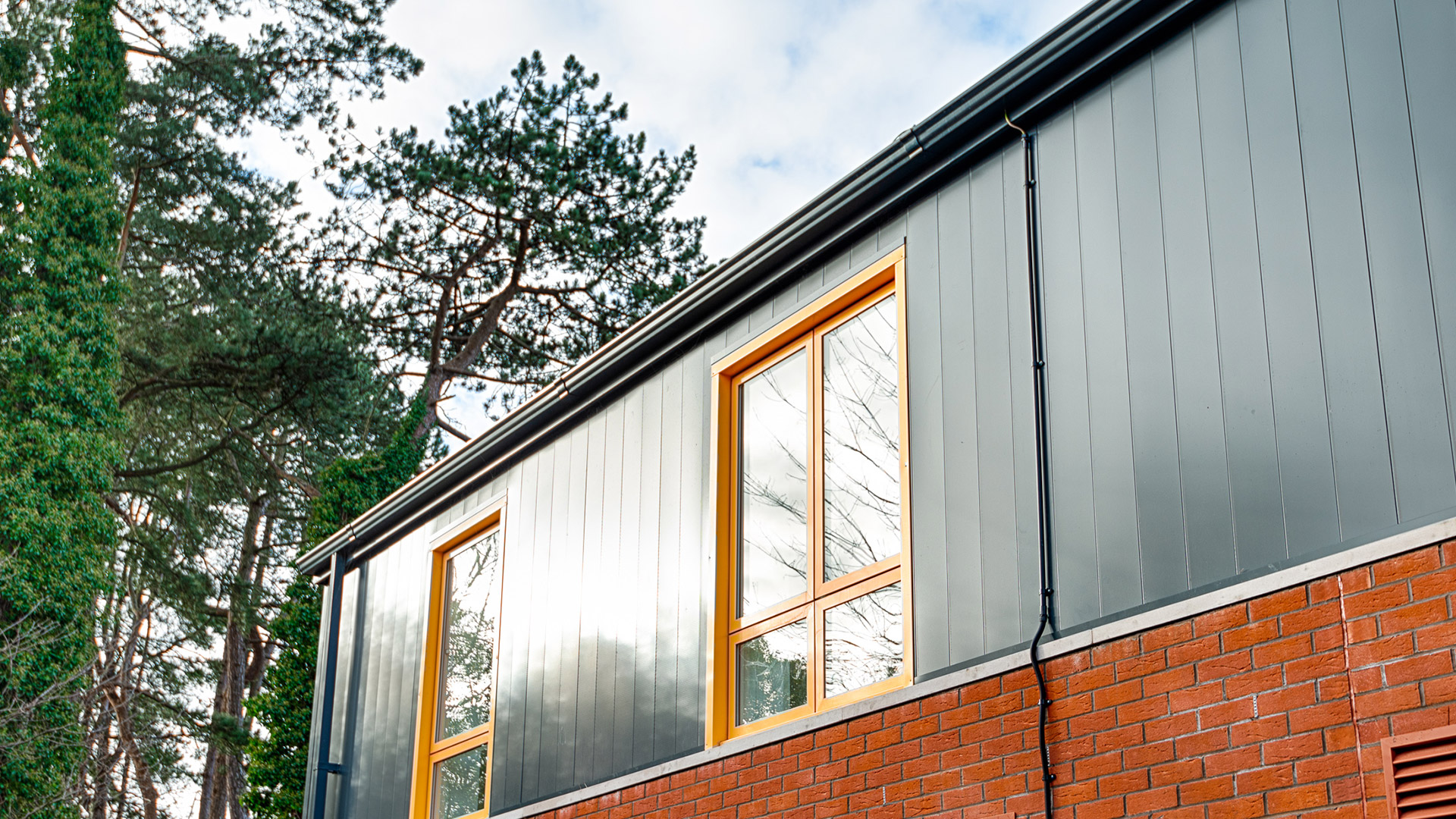
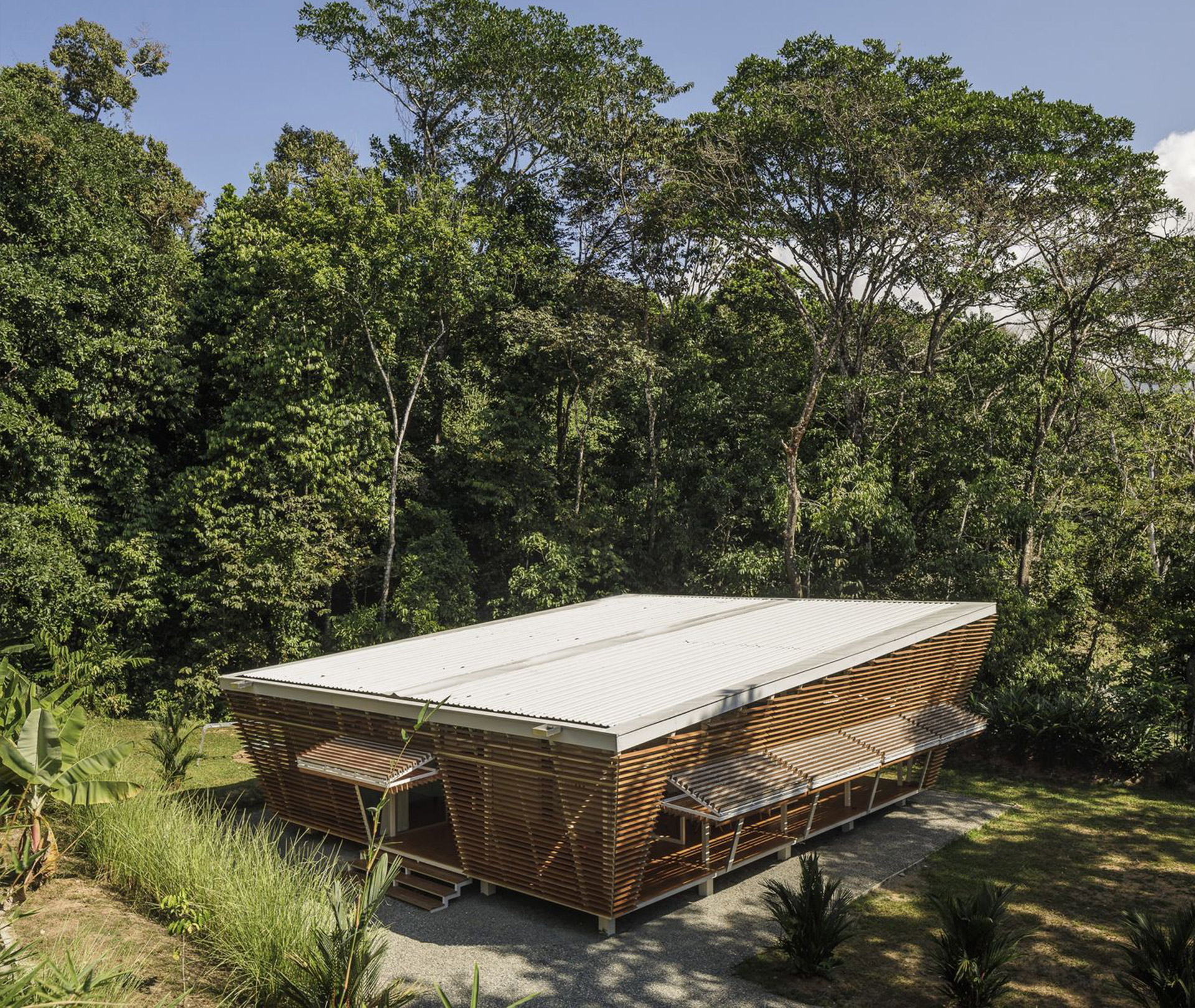
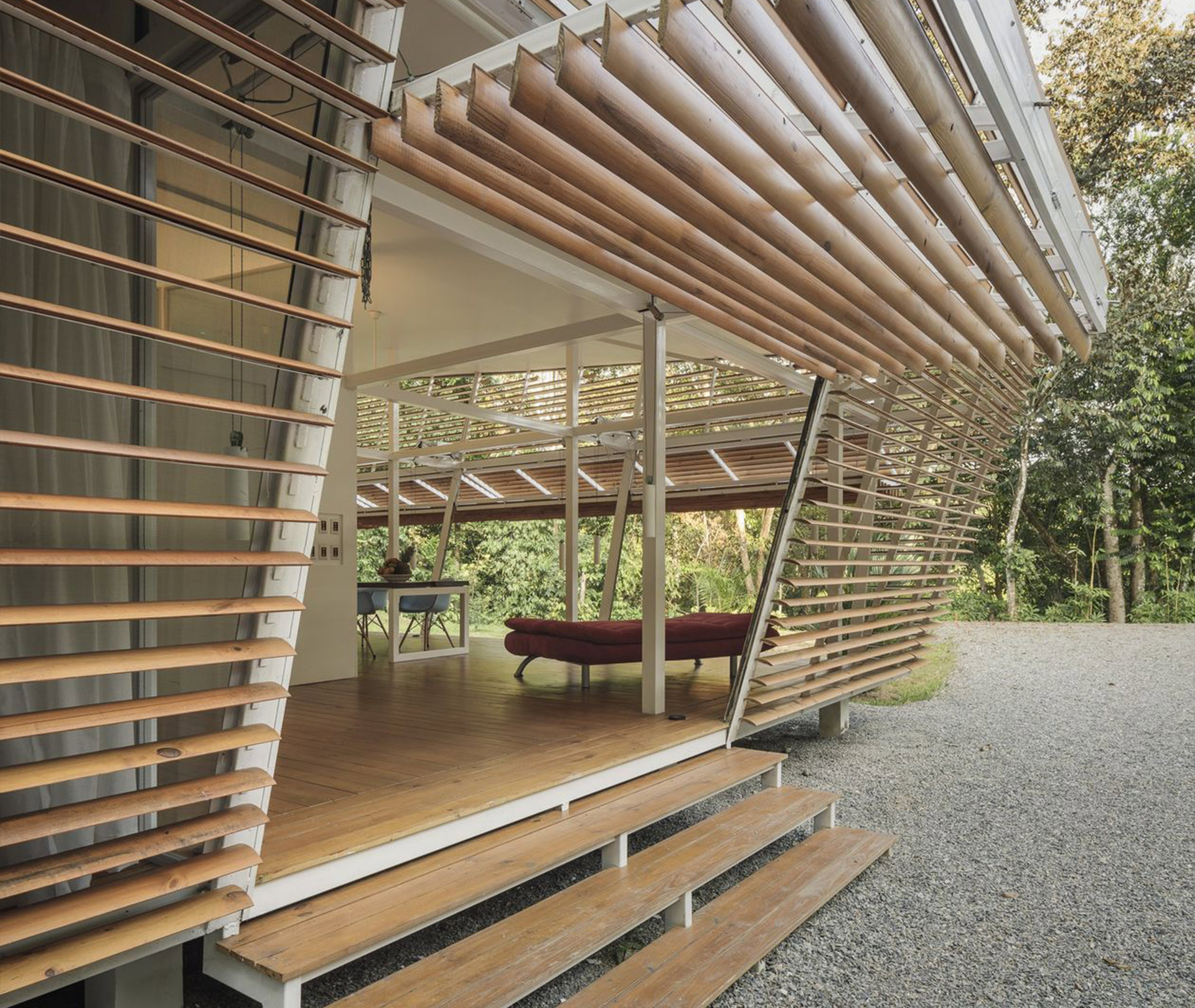
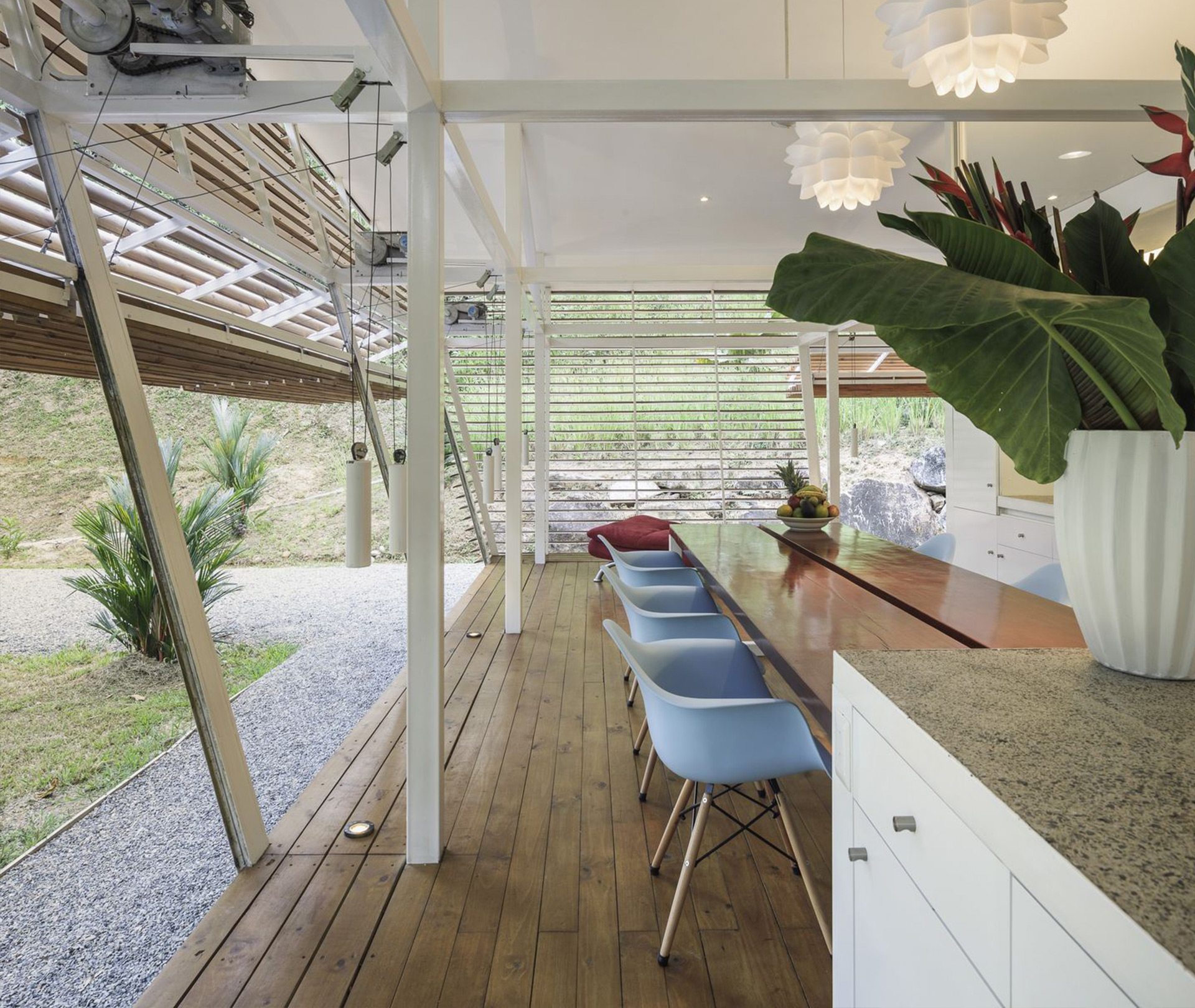
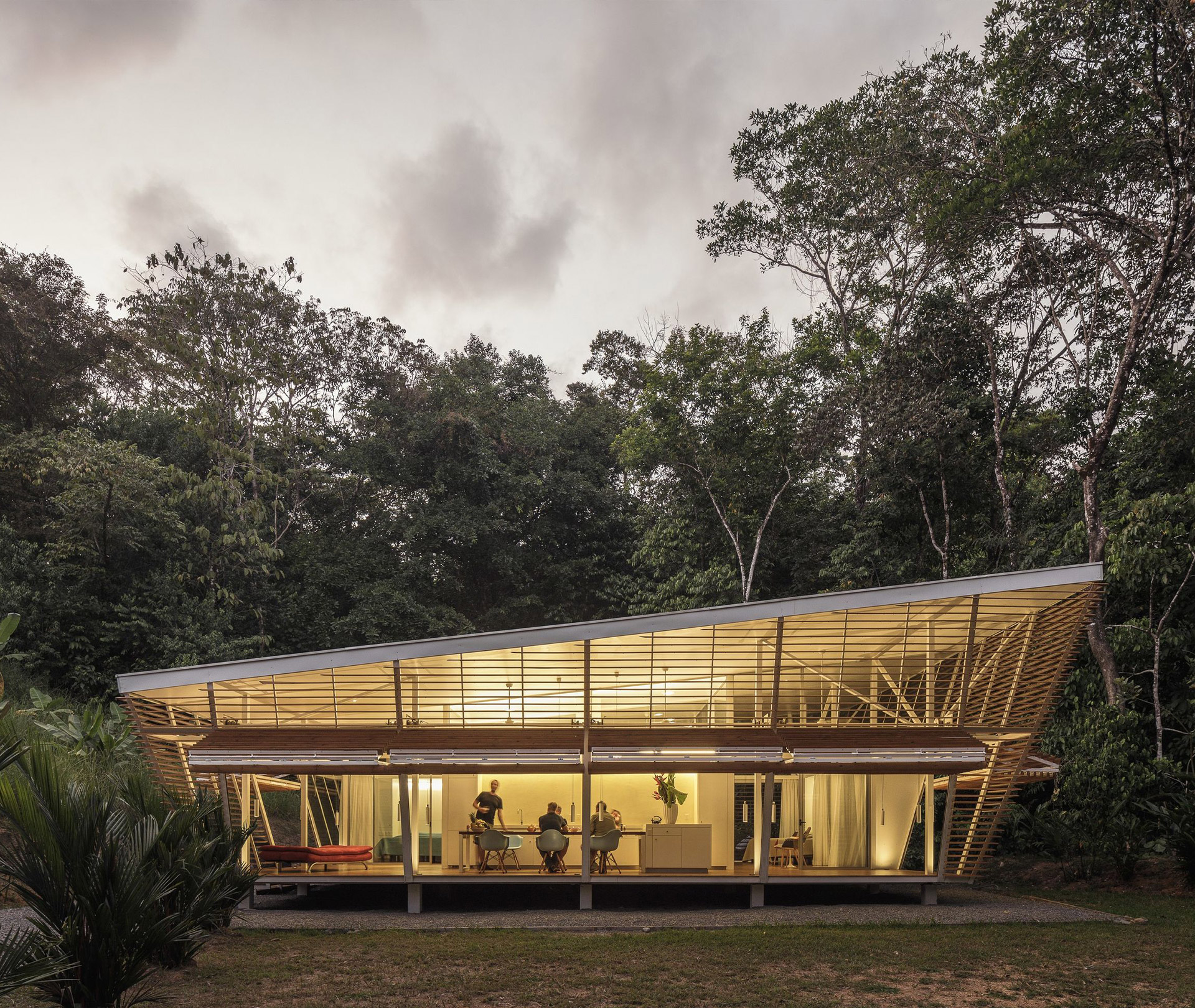
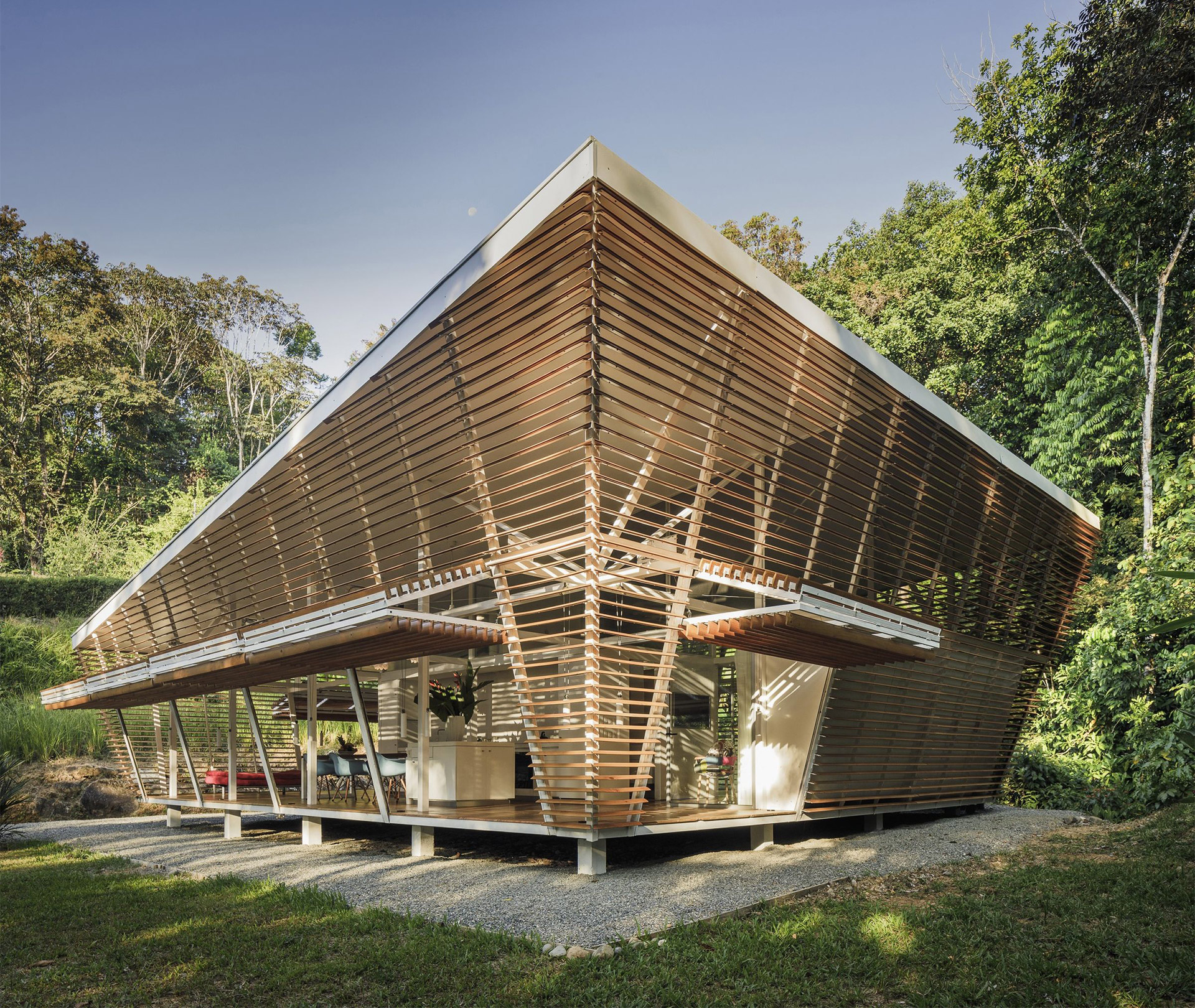
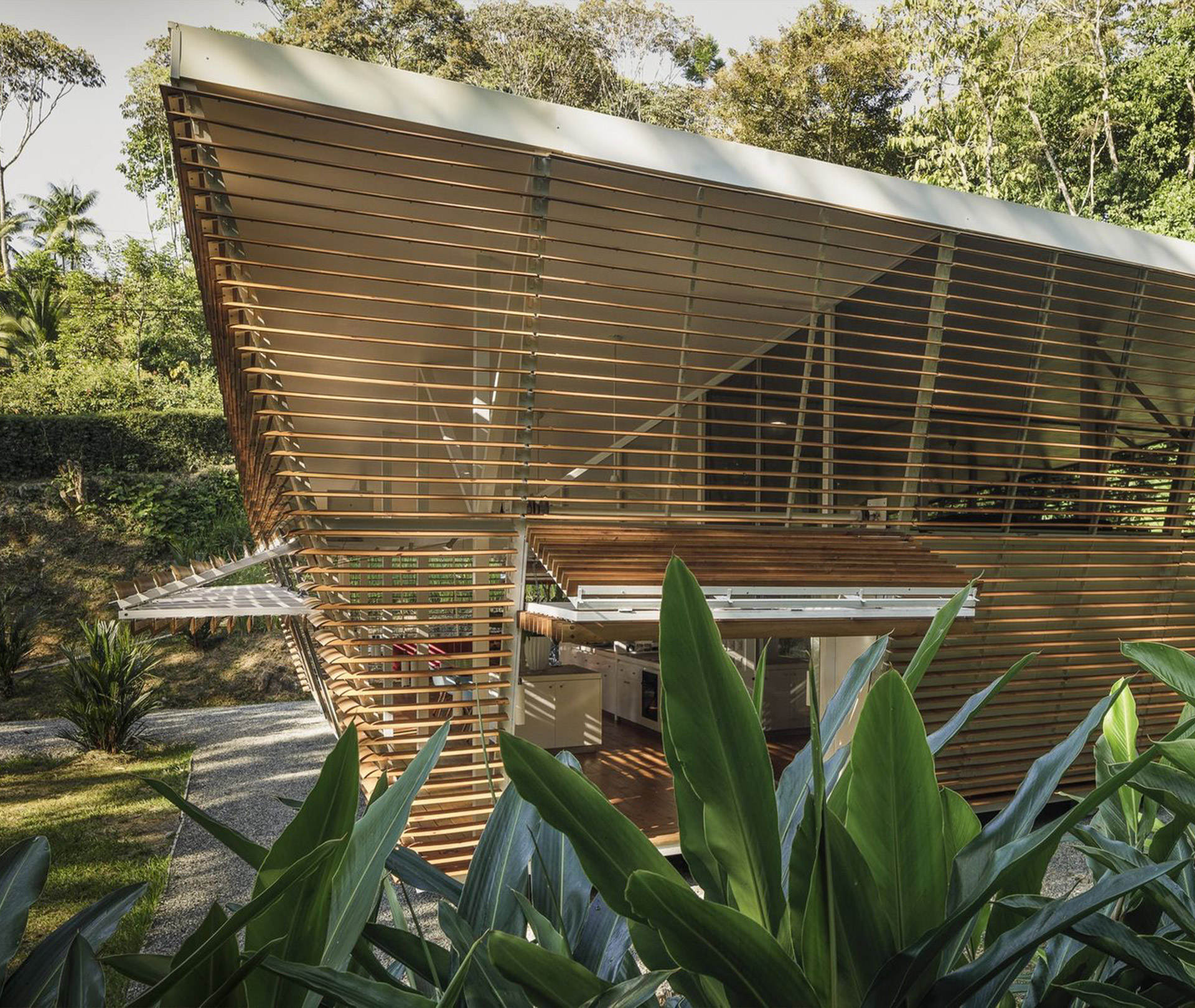
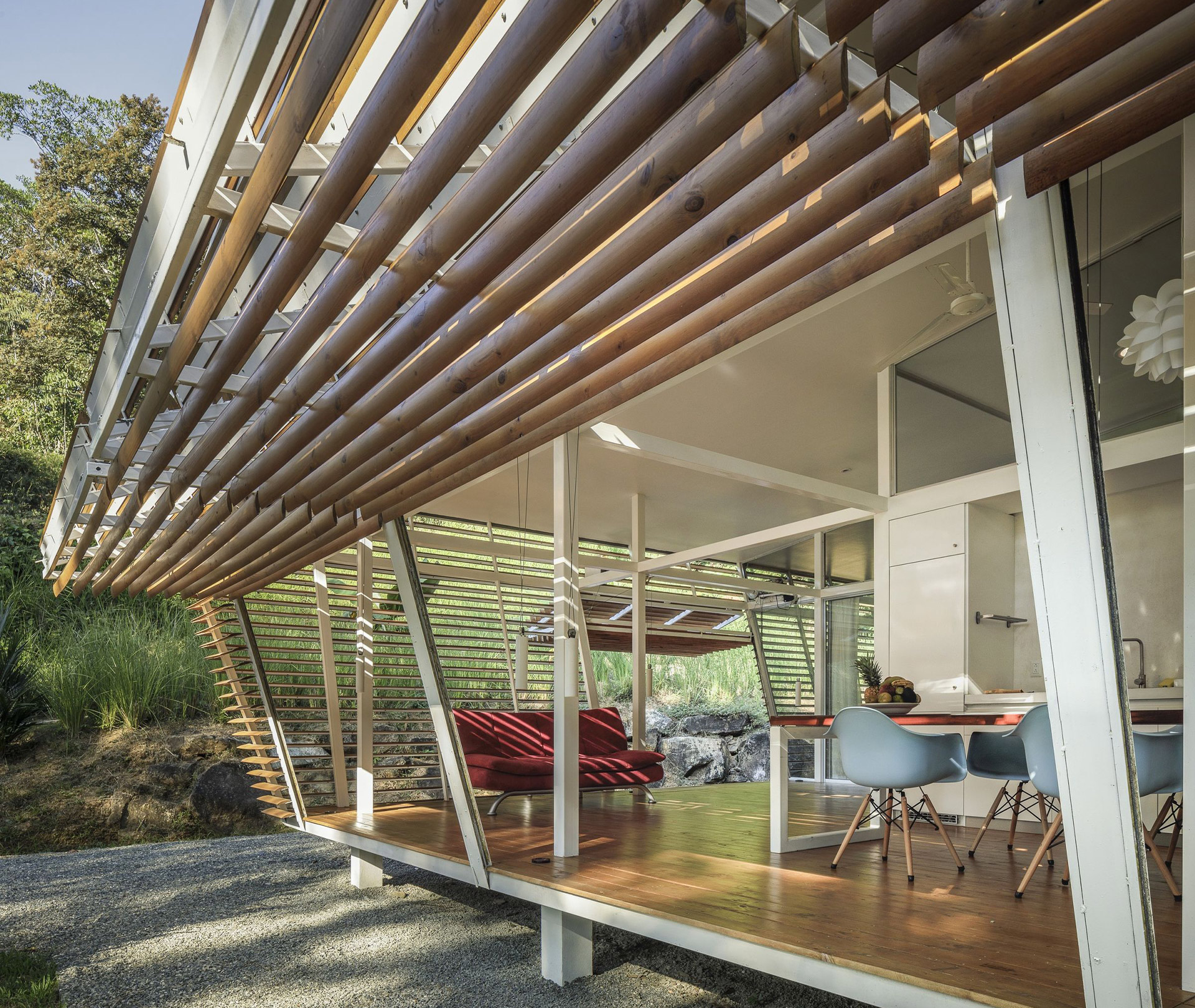
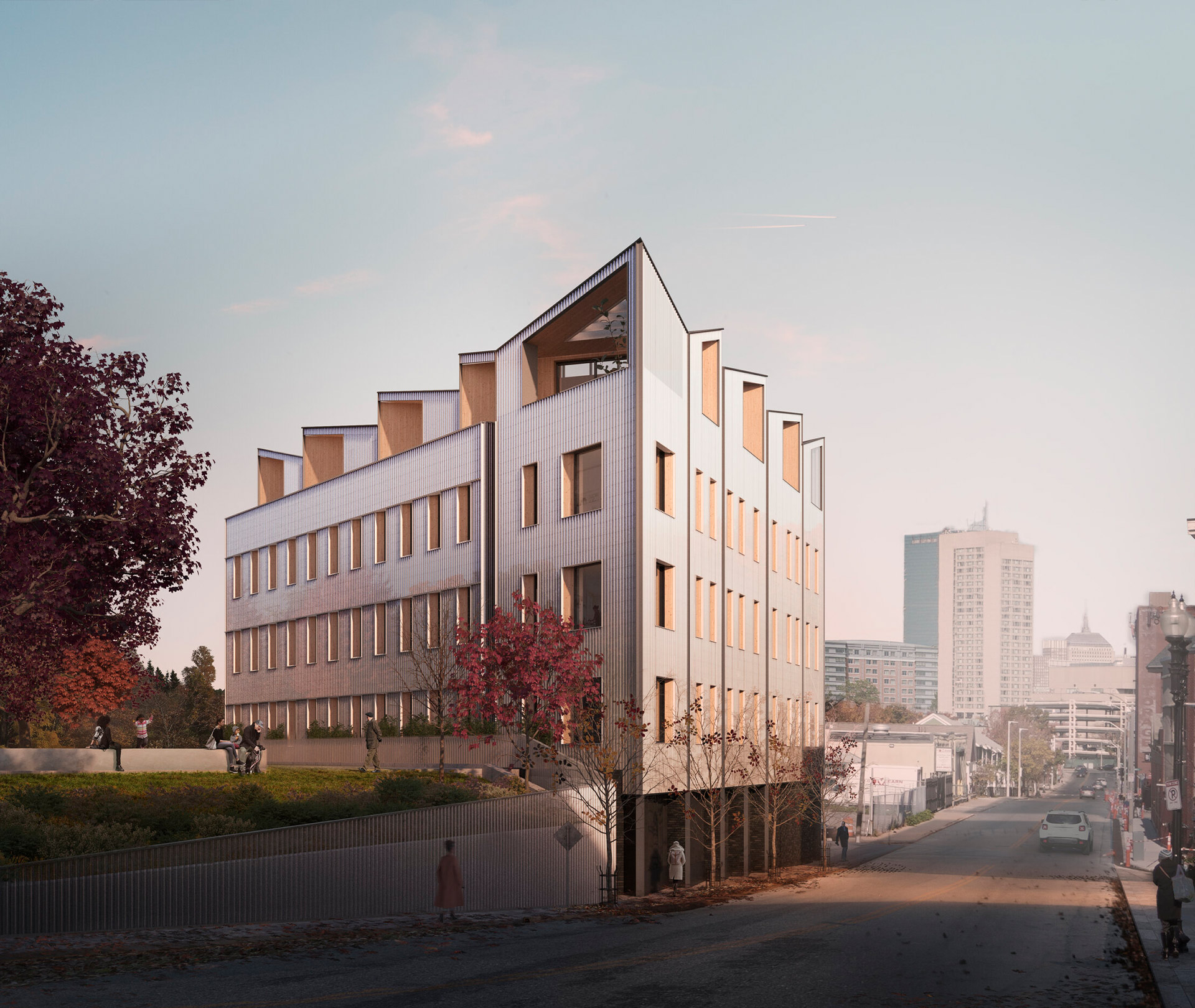
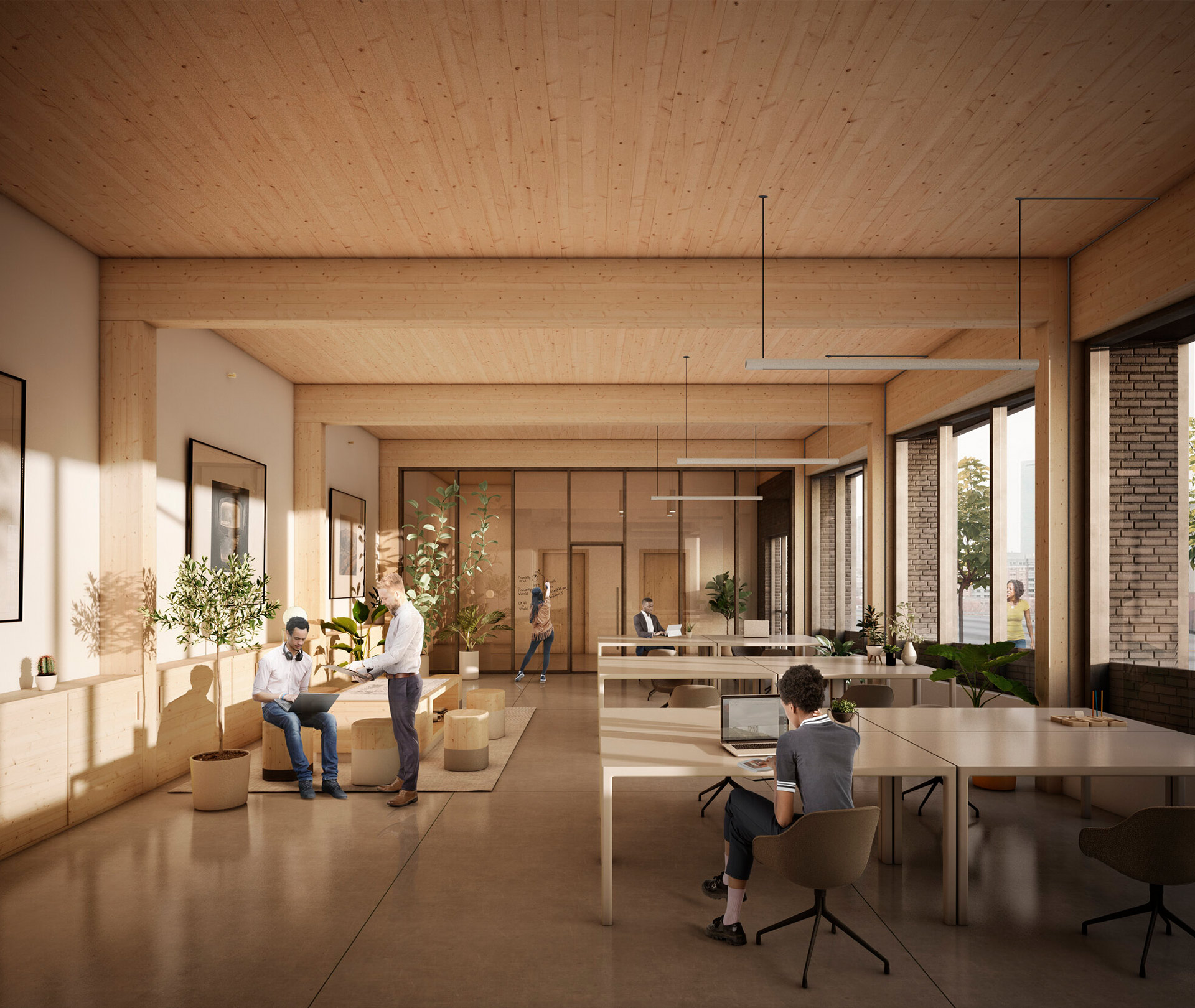
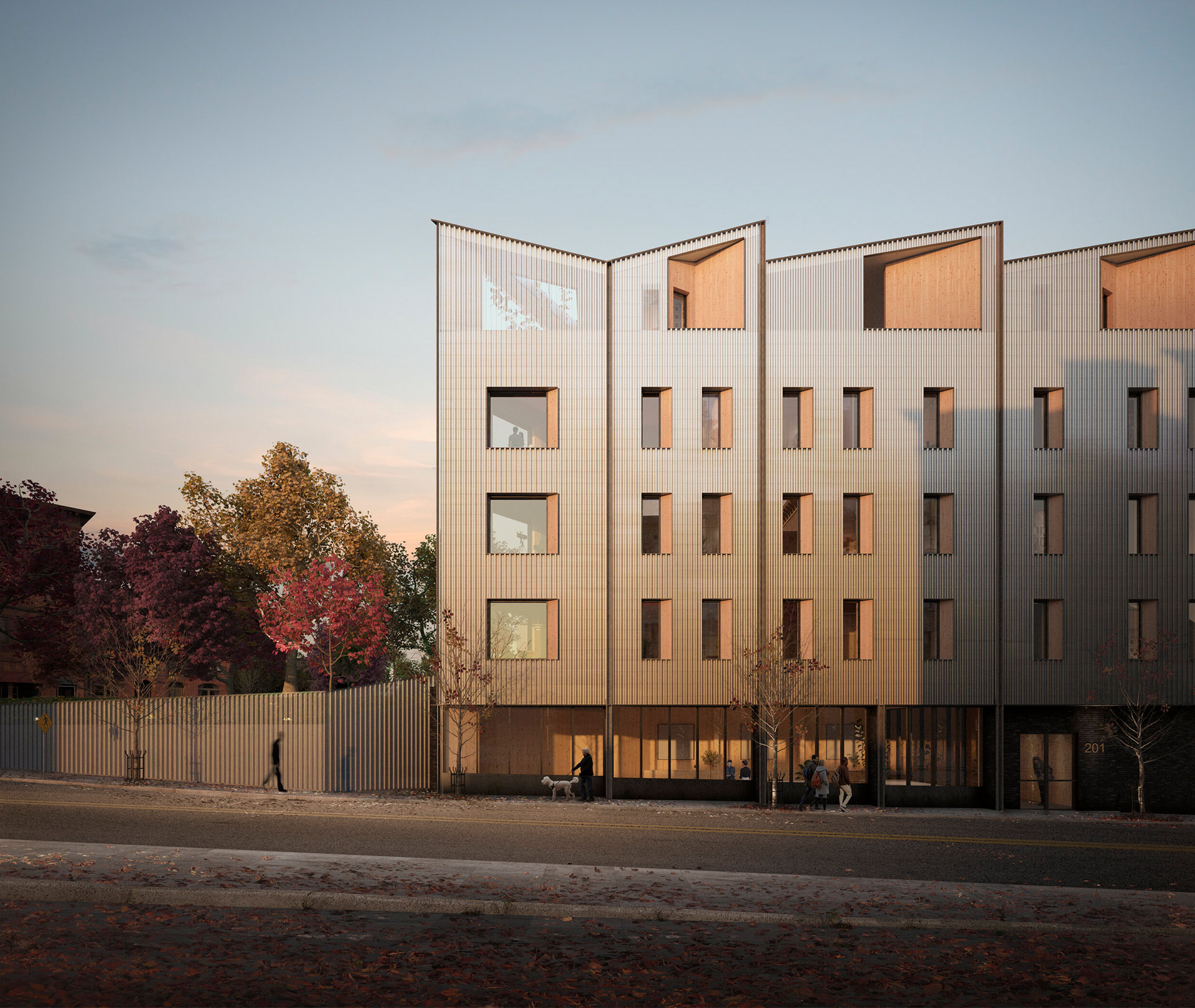
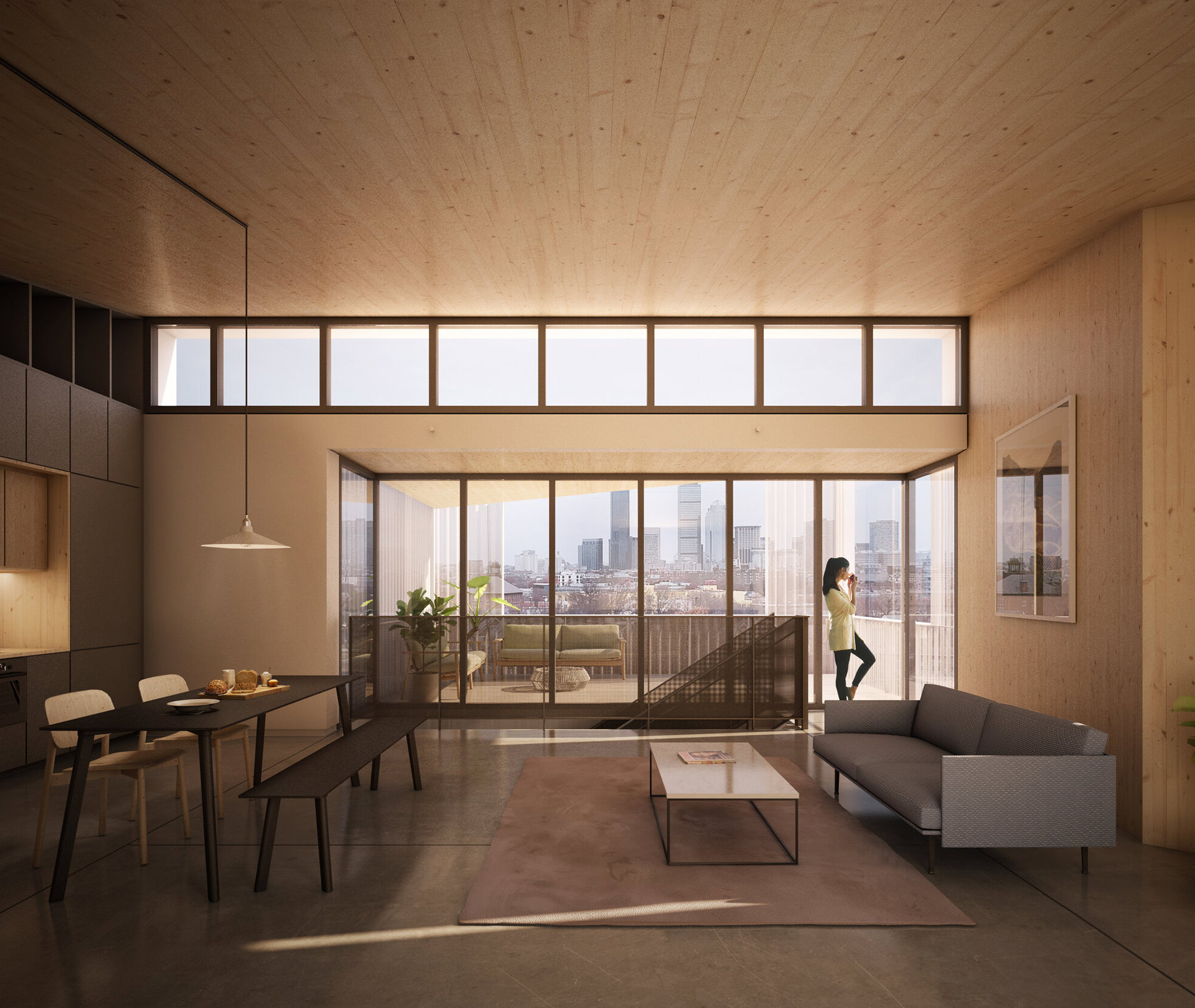
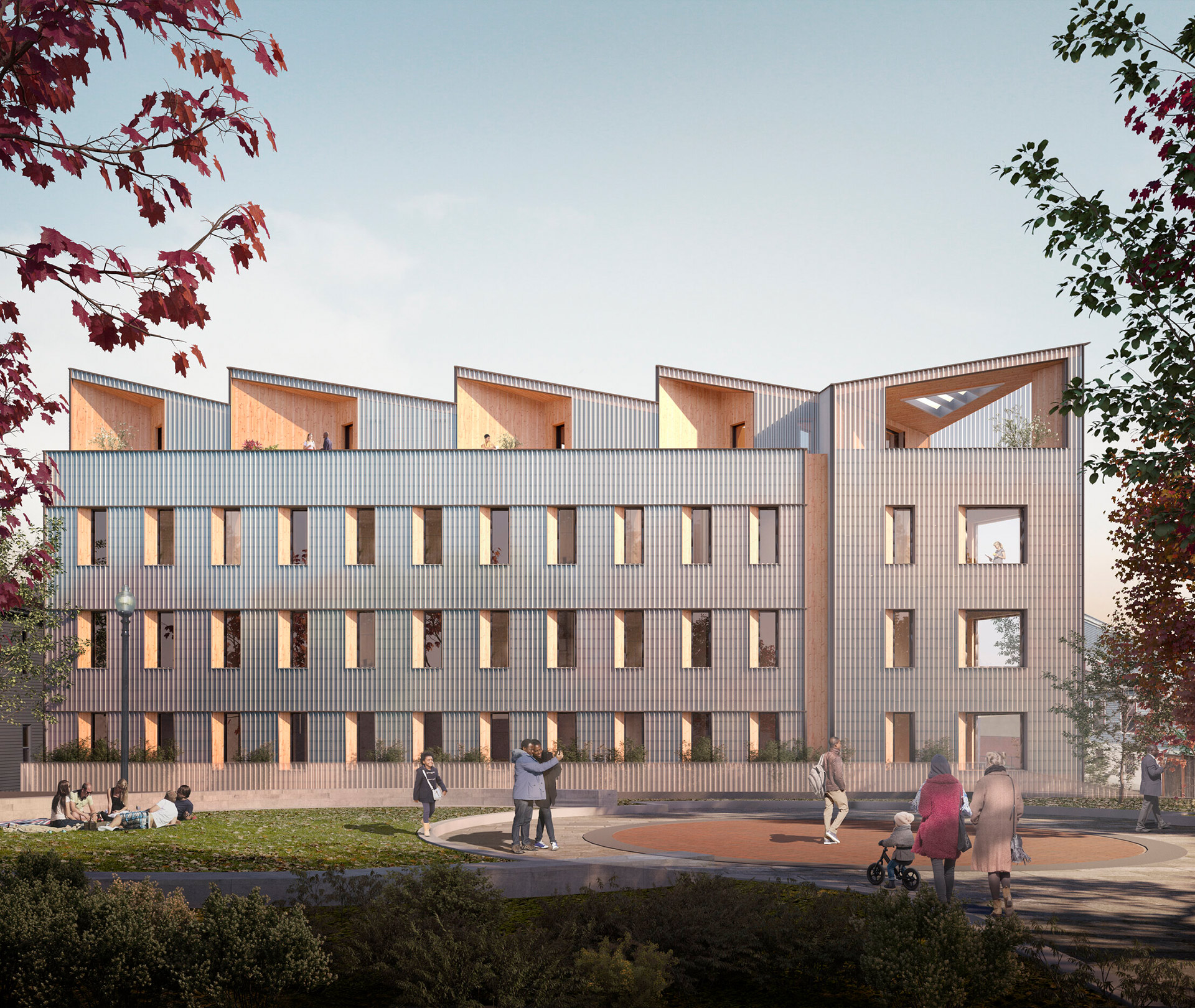
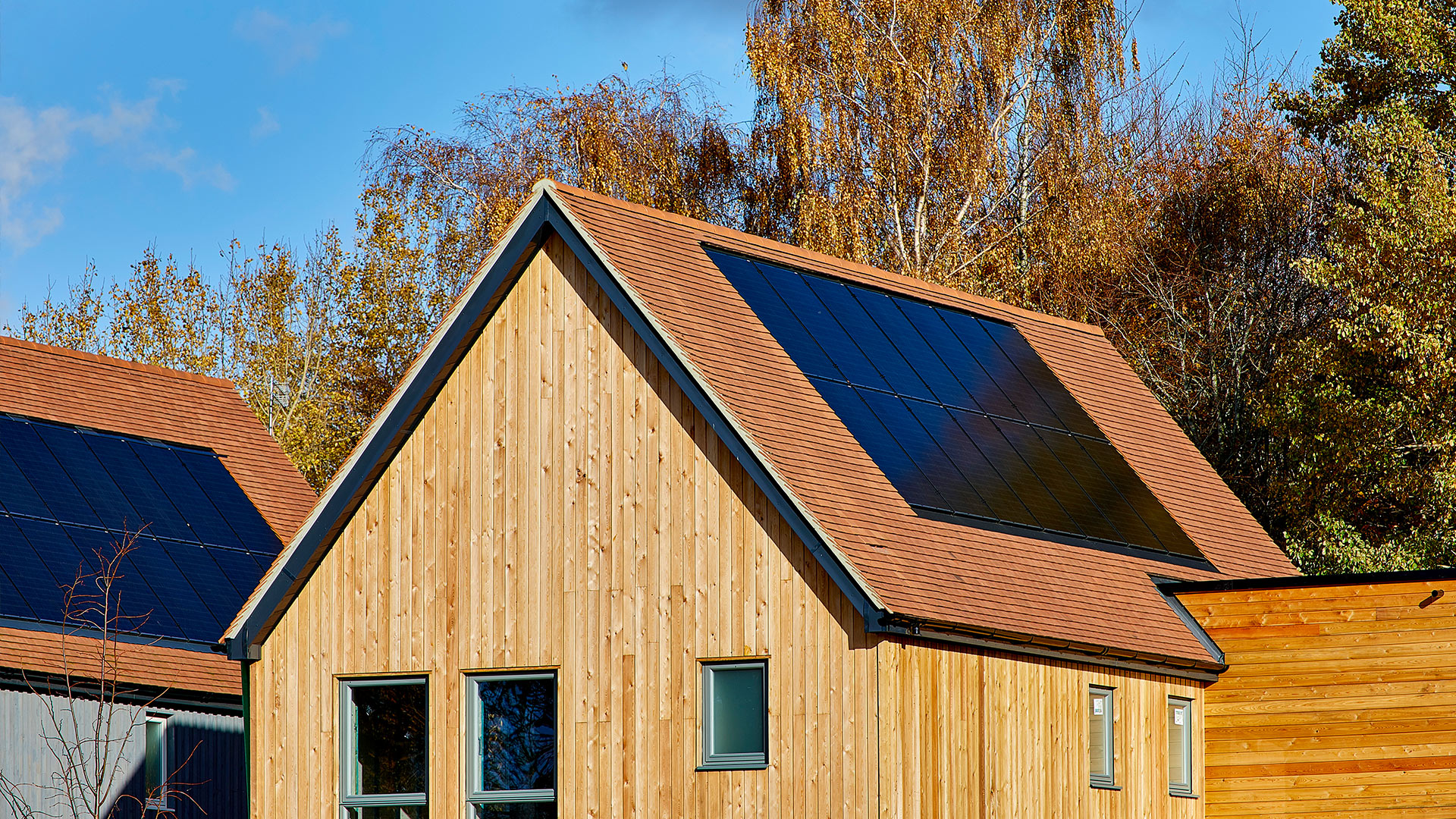
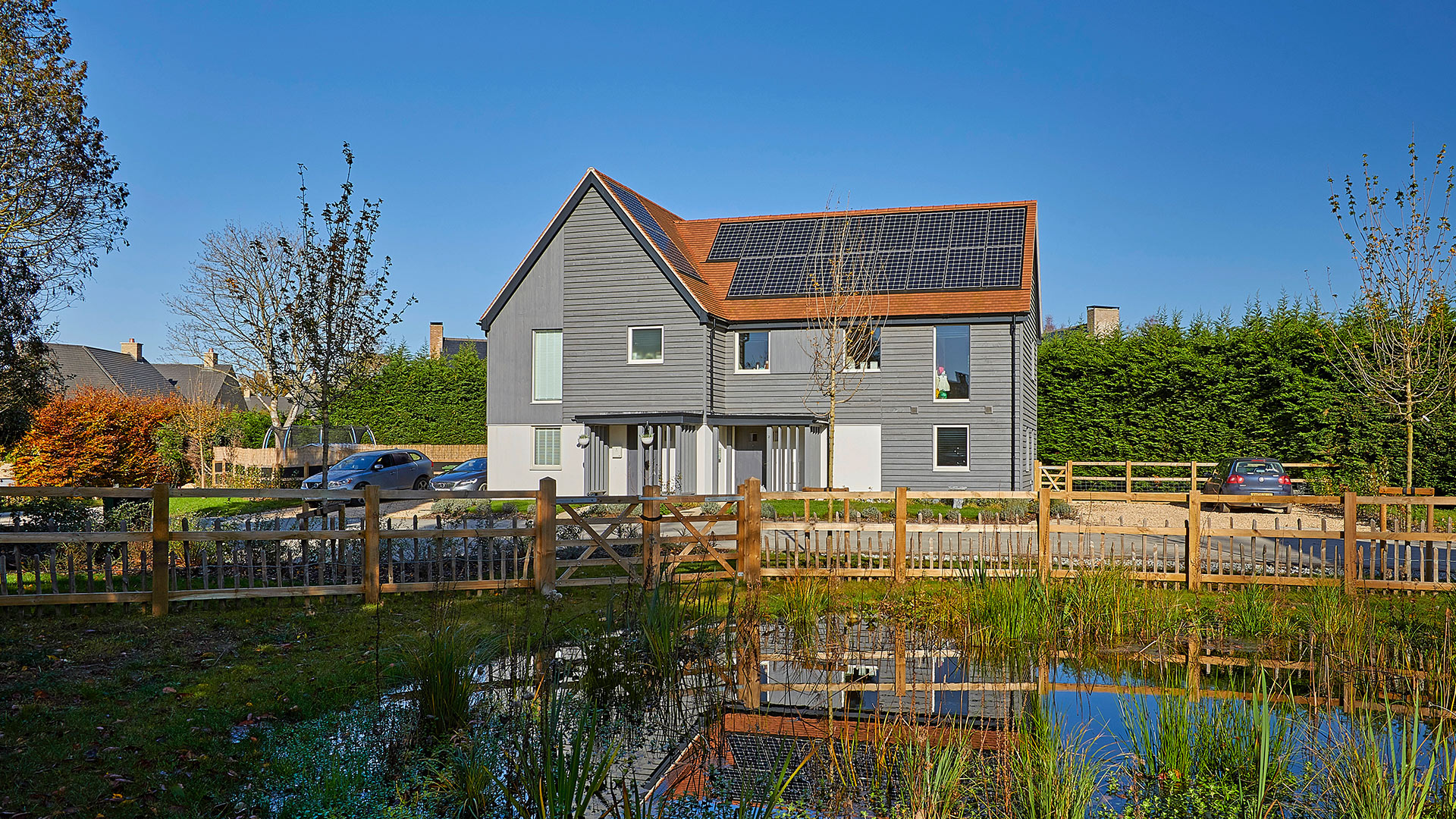
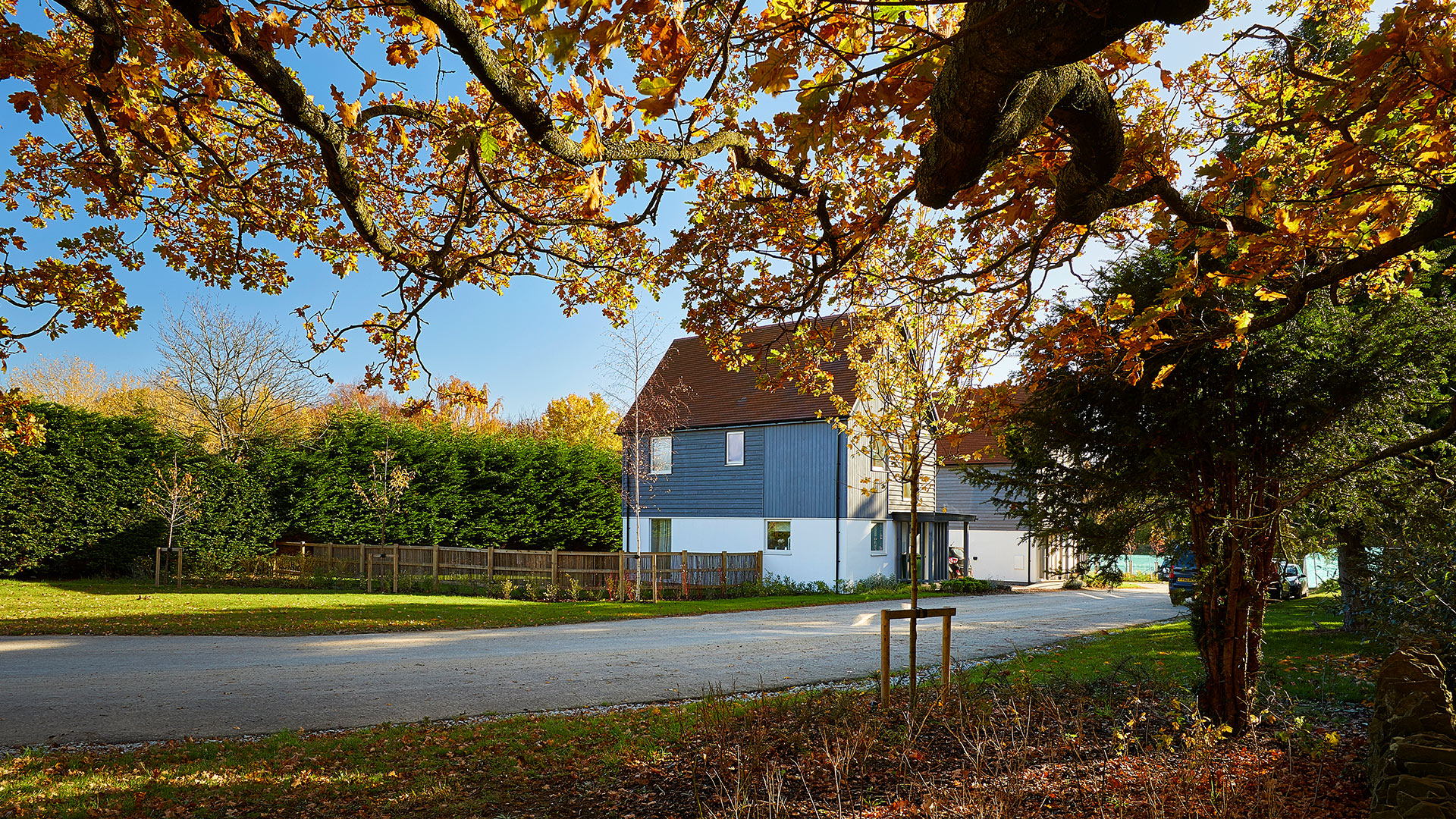
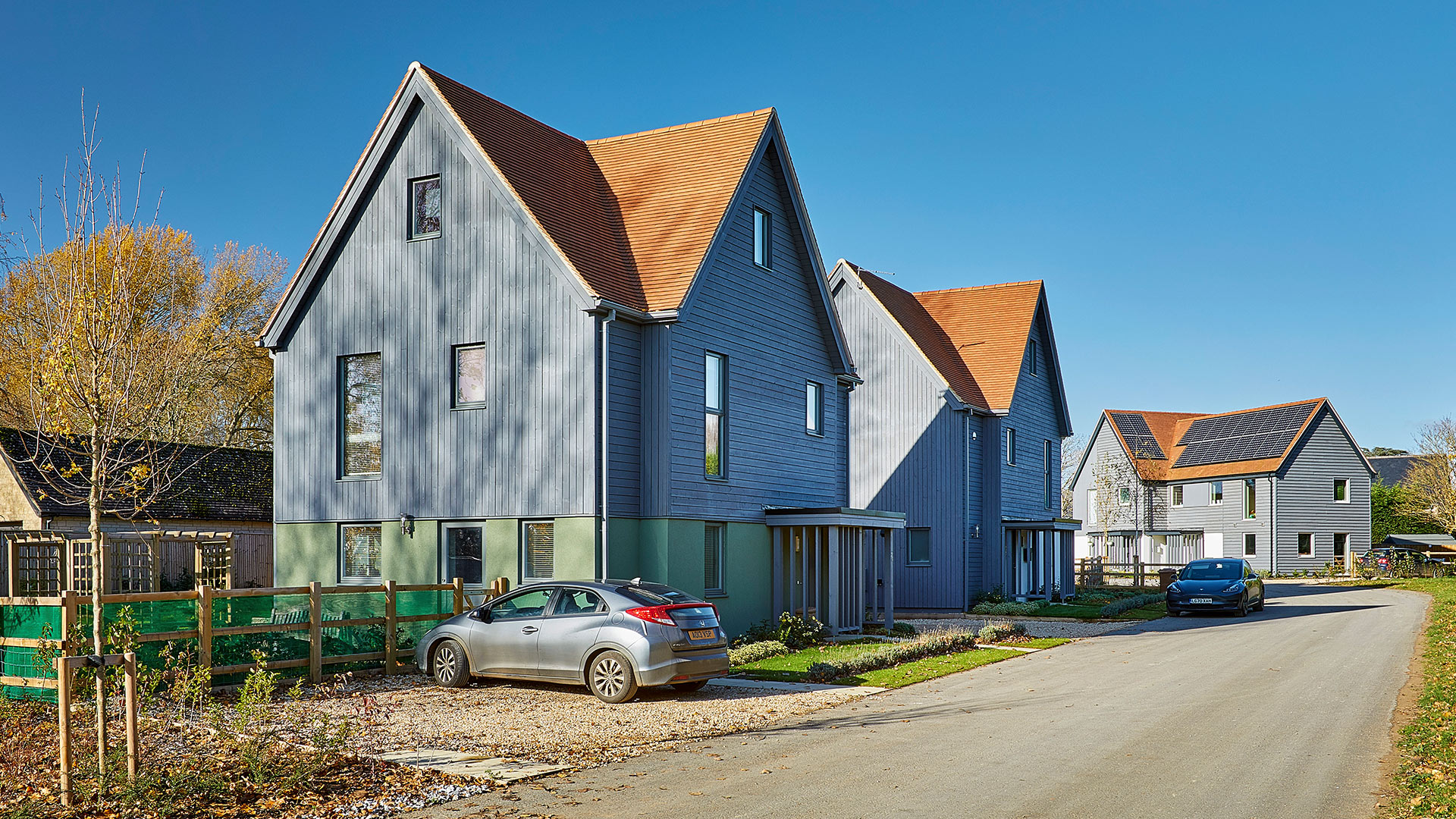
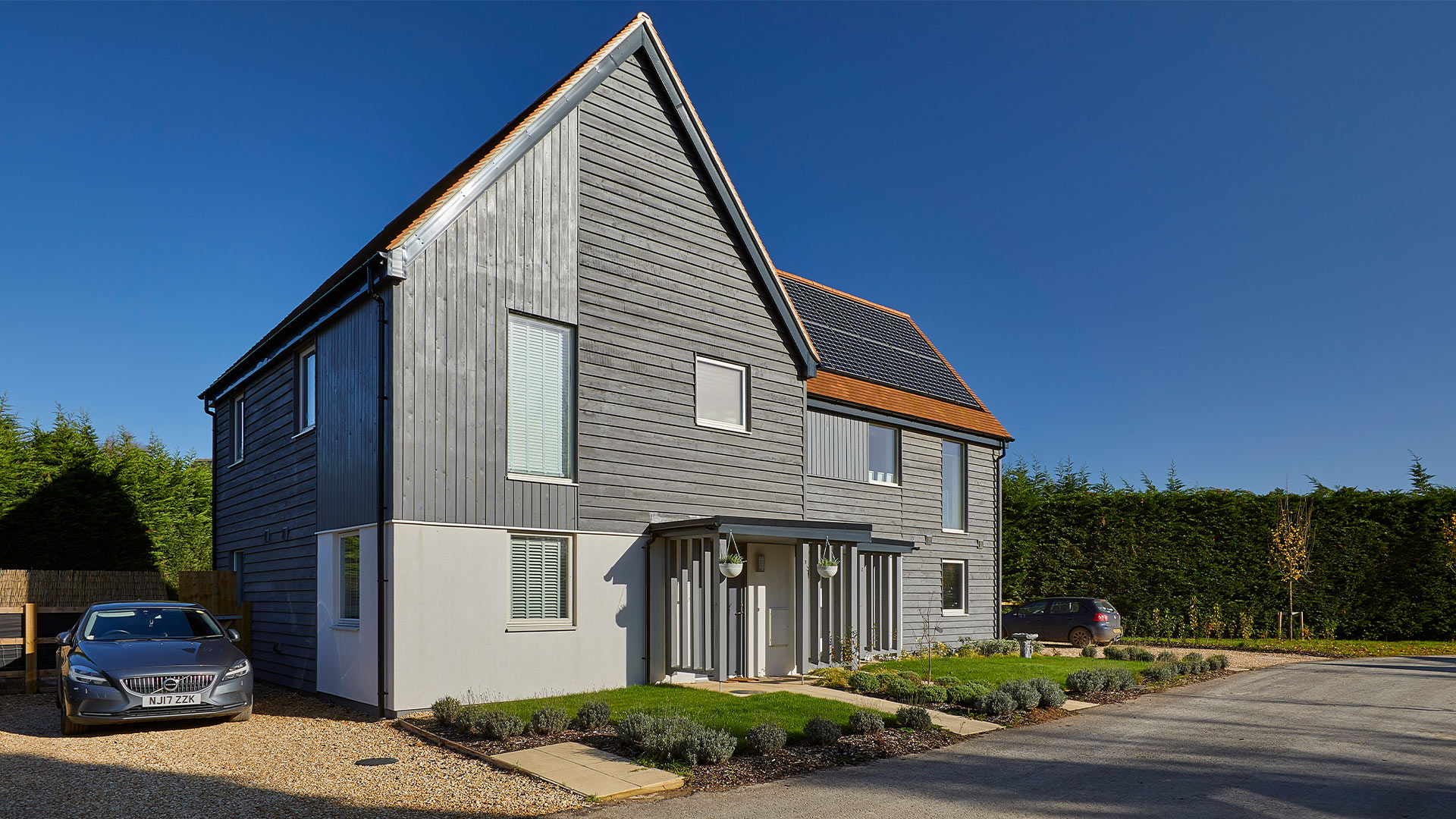

_12-Apr.jpg)